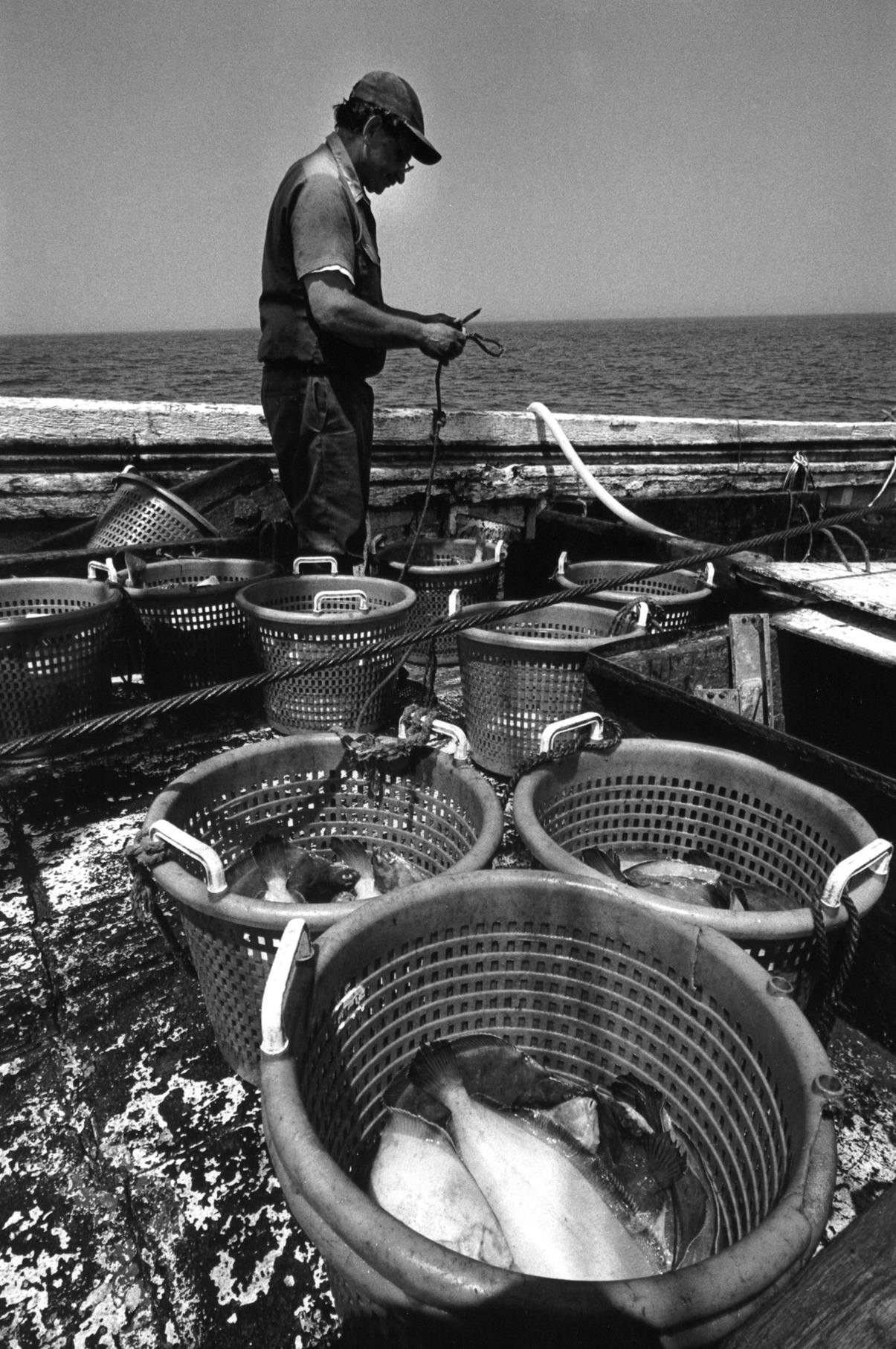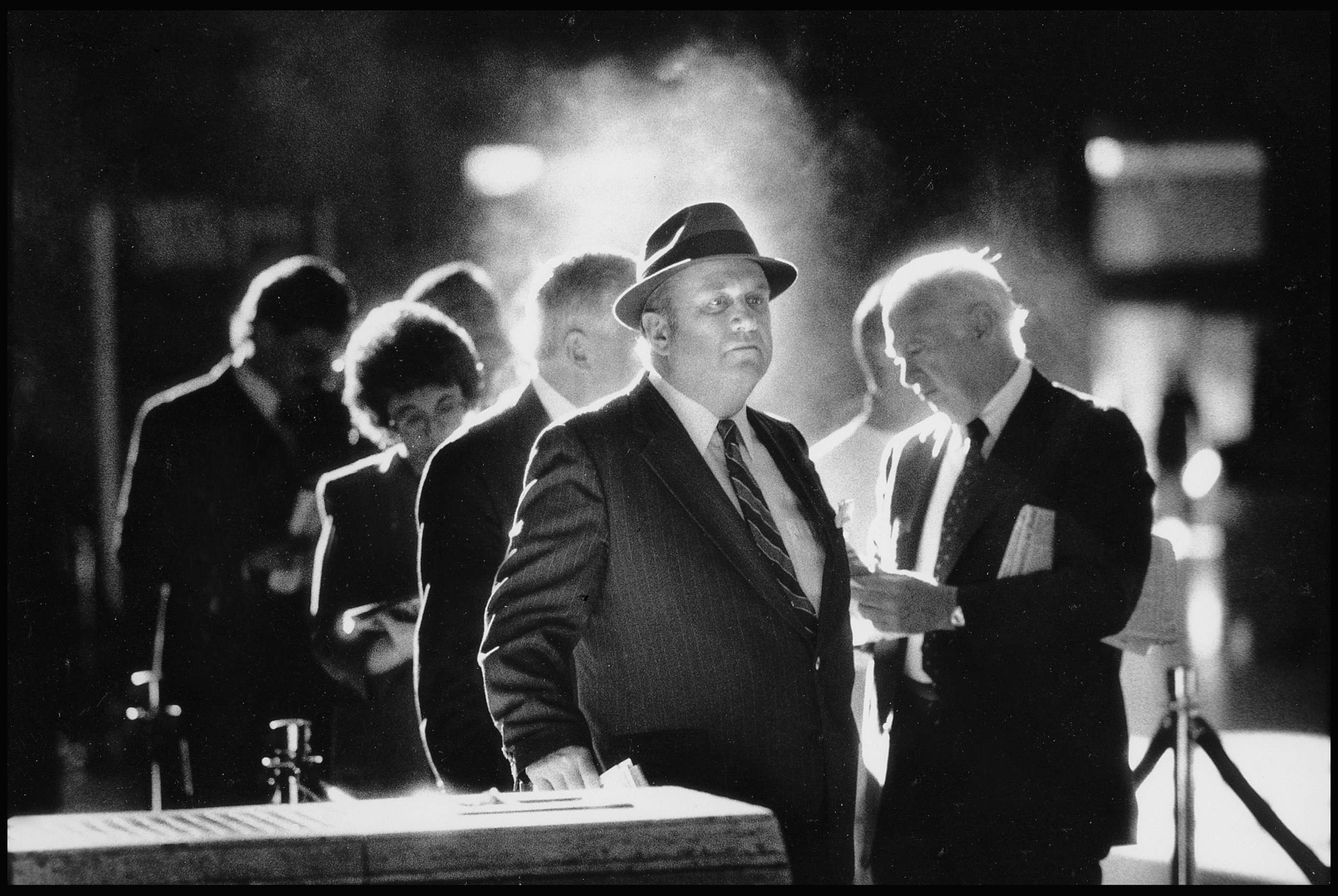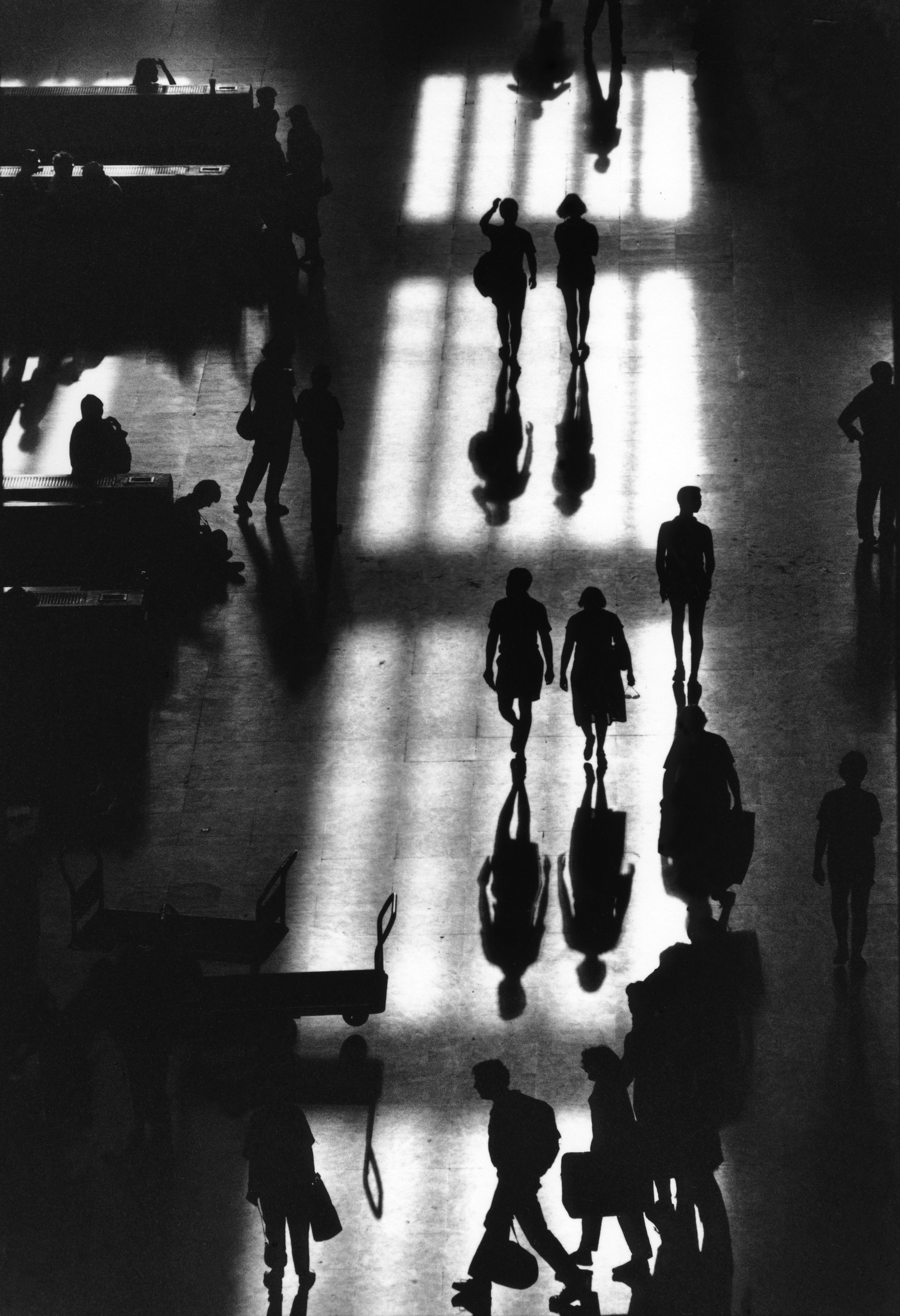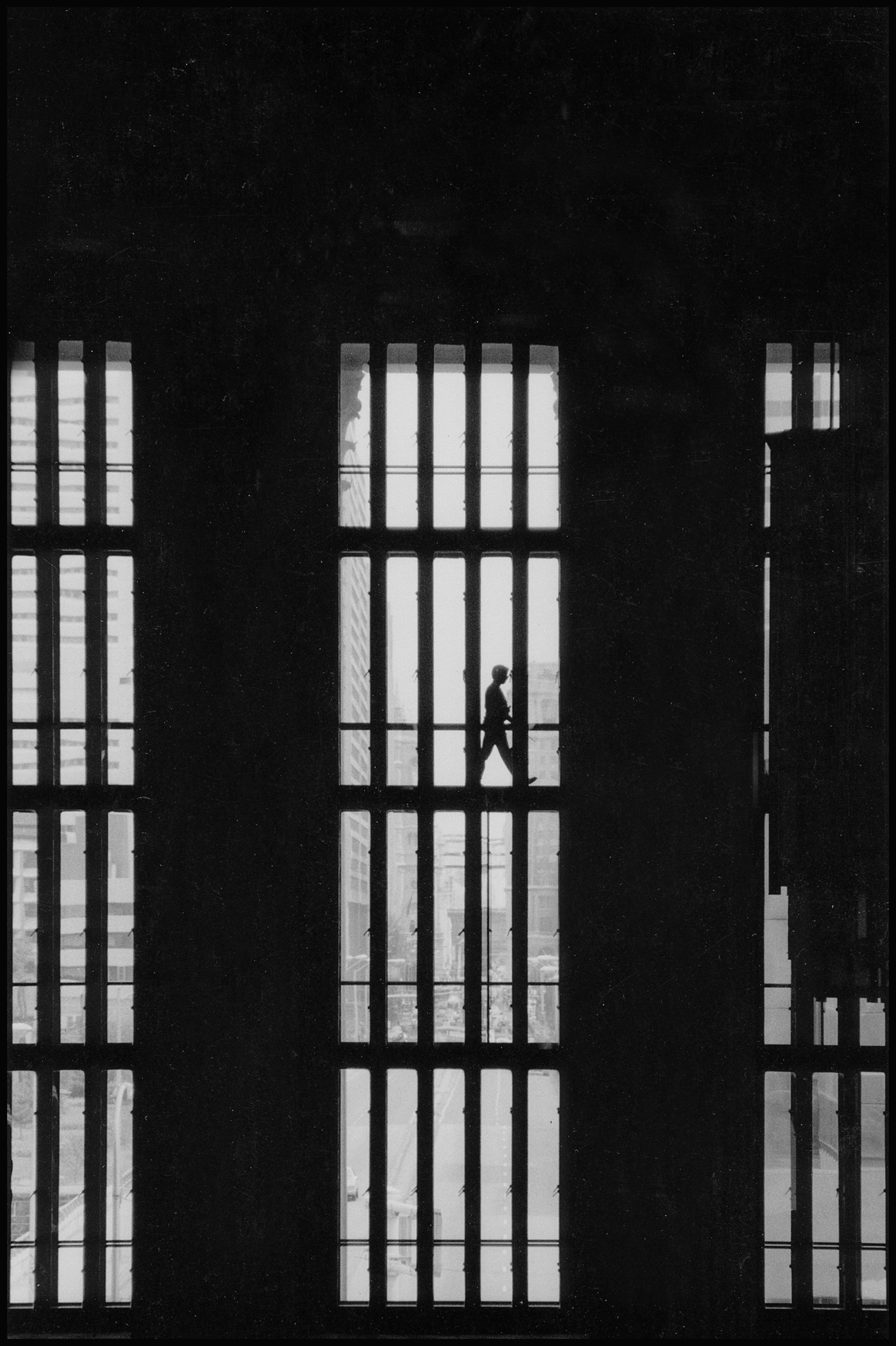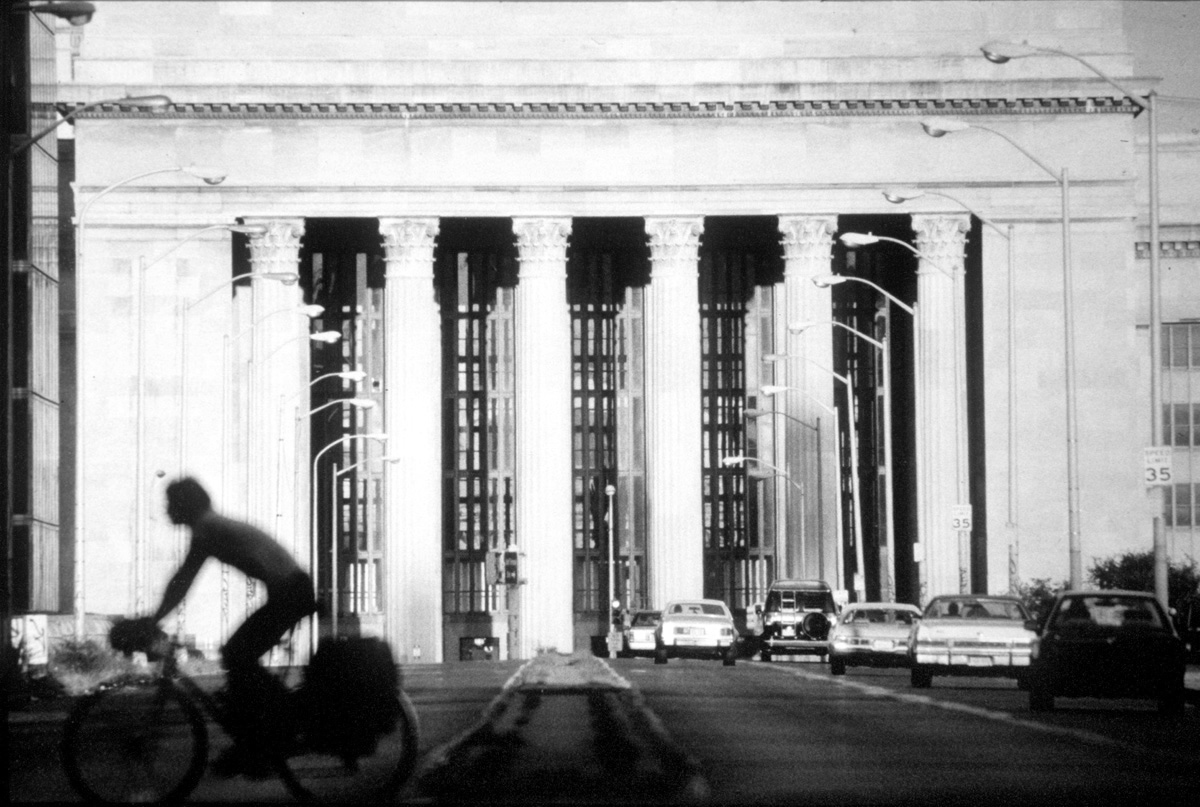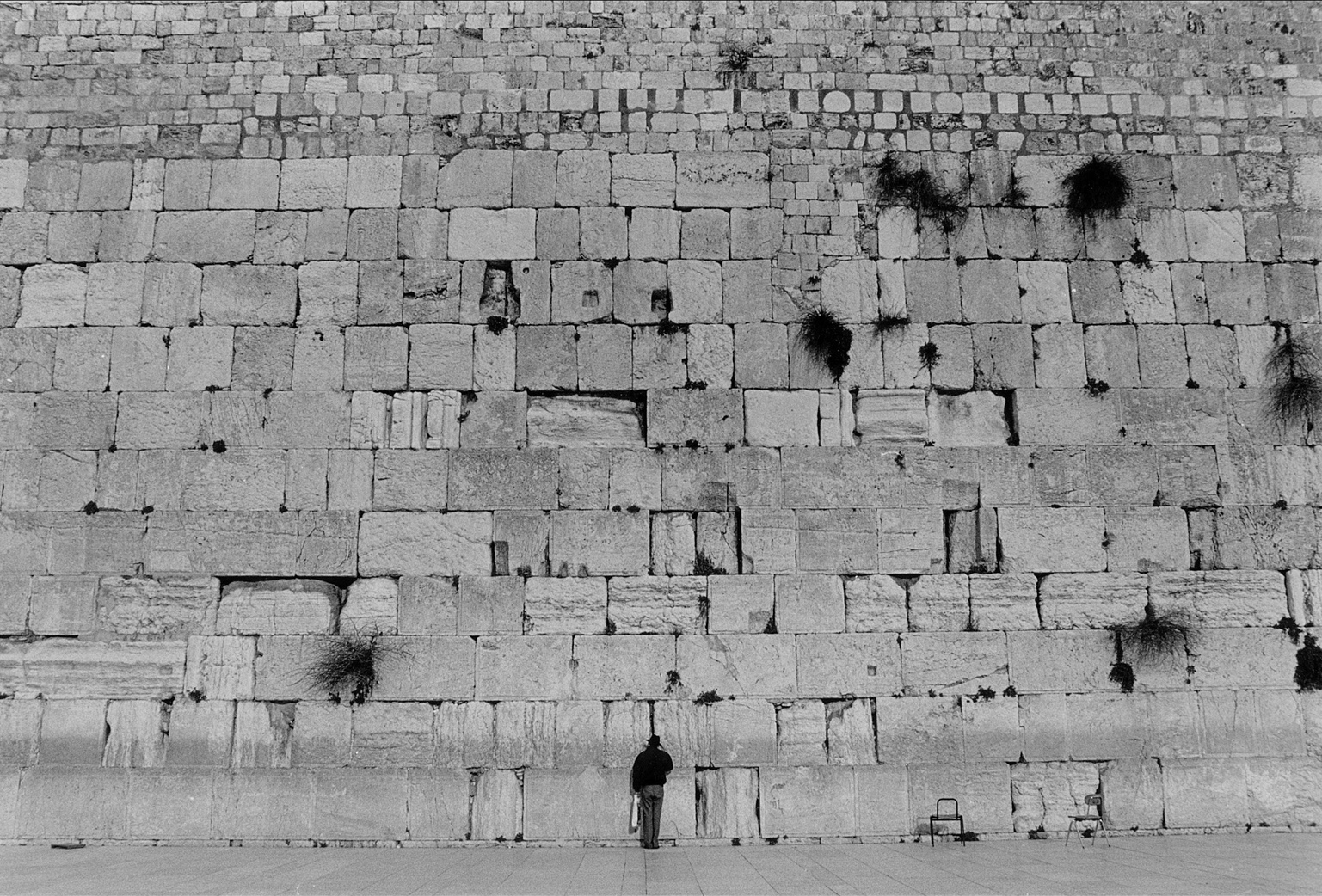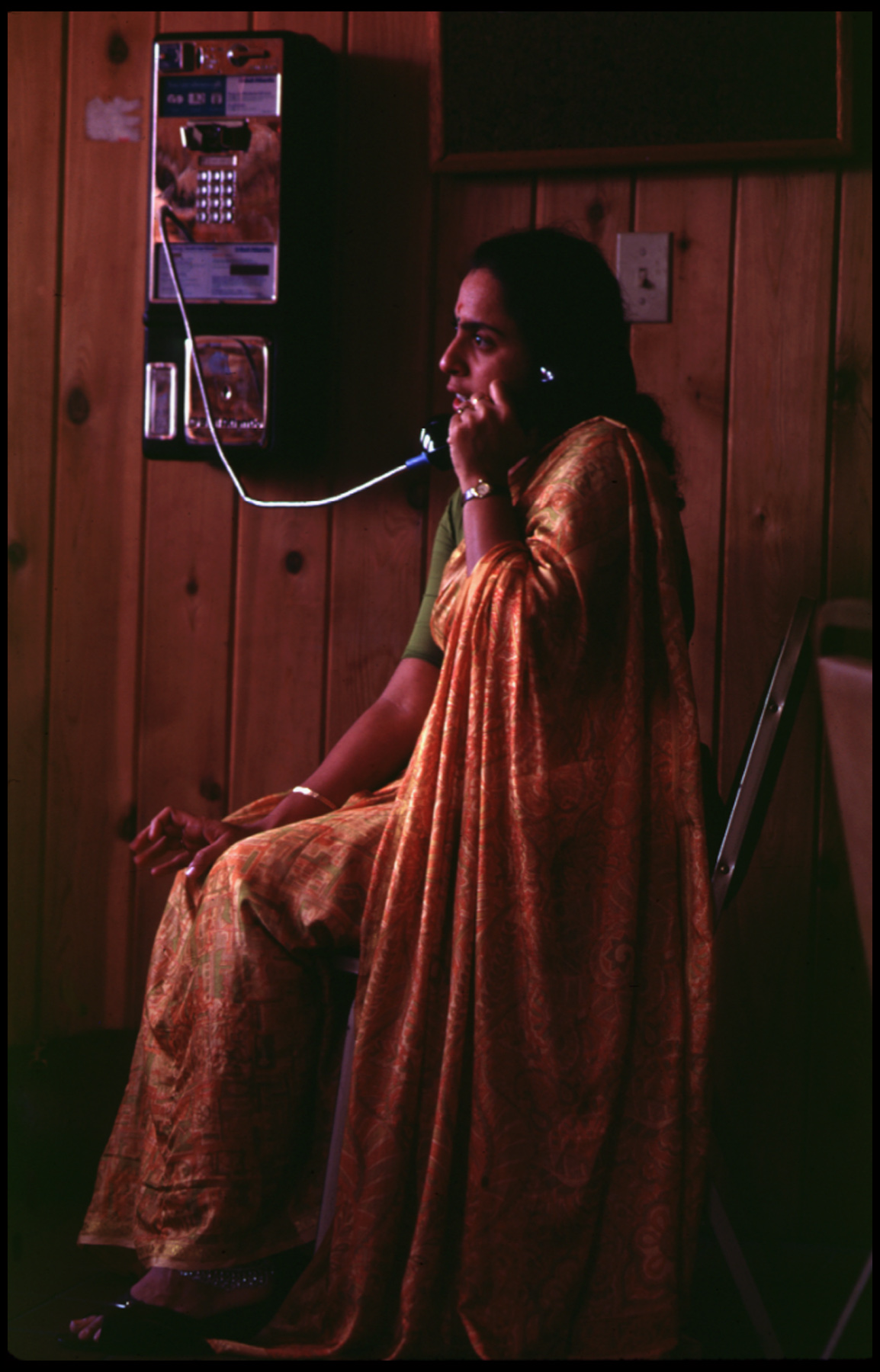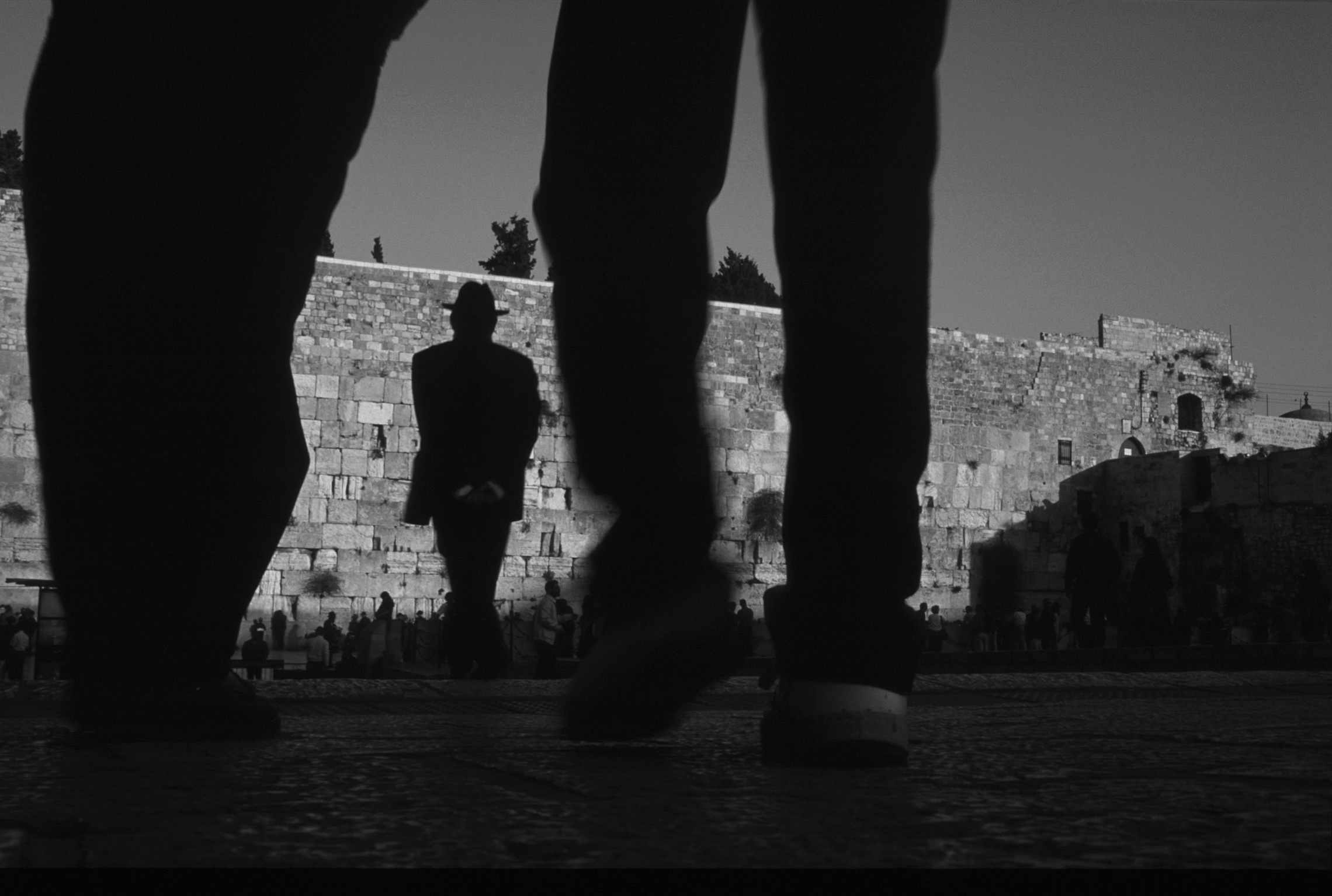In this third of four blog entries on the photo-essay, we will explore editing, assembling and how to think about eventually presenting the photo-essay. To date, we have defined your photo-essay and started photographing for it. You should have many images ready for this reviewing step.
Editing the photo-essay is a multi-part process. The first edit or two helps you hone in on the approach to the photo-essay and the presentation strategy. Once you have those two in hand, further photographer is required to fill out your photo-essay, applying your newly defined approach to the photography and the final presentation strategy.
After more shooting we will come to the final edits where you will select the very best work for your photo-essay. Then you should also identify the missing elements which you will have to then photograph in order to round out your photo-essay.
The key to editing any good photo-essay is dispassionate engagement. When you are looking at your work do not justify, rationalize or excuse anything. Do not assume the viewer will “get” the subtle meaning of your images. Be blunt in your editing. Simply ask, does this image express what I am trying to express without explanation? If you hesitate at all, throw the image out.
This is often where you will surprise yourself. If you look at 50 or 100 or even 200 images bluntly and dispassionately and then you are left with 20 good ones, it is likely that those 20 good ones tell a different story than you set out to tell. That is okay. It is normal. In fact, if your approach to your photo-essay does not change between when you conceptualize it in the abstract and edit the actual images, you are probably not working hard enough. The trick is to be open to that change while holding on to some part of your original approach to the photo-essay.
If you can do this kind of editing on your own, congratulations! If you cannot, you need to find an editing partner (who is not a family member/spouse/etc.) who can dispassionately review your work. Your best editing partner is often another photographer struggling with same kind of editing issues. Each of us is very capable of looking at other people’s work dispassionately and that is what you need in an editing partner.
Once you have done this first edit your approach to your photo-essay is all but guaranteed to change. The trick is to take this new approach and use it as a framework in further photographing for your photo-essay. Now that you have defined an approach to the photo-essay, started to clarify your presentation strategy and made actual images that express the same, you are on your way.
The next step is series of shoots and subsequent editing sessions where you are identifying your top twenty or thirty images. You should also be identifying gaps in the set of images, gaps that you fill in subsequent photography sessions.
Though you are editing ever more tightly to get to final twenty, the best set for your photo-essay, you should still be shooting somewhat loosely. When you do the final edit you may have to reach back into your work from previous shoots to find the perfect image (for example, a vertical from the archive vs a horizontal selected for your top twenty) in order to make the final presentation. Assembling and disseminating that final presentation will be the focus of the fourth and final blog entry in this series.
For Part 1 of David Wells guide to The Photo Essay, click here.
For Part 2 of David Wells guide to The Photo Essay, click here.
For Part 4 of David Wells guide to The Photo Essay, click here.
David H. Wells is a free-lance documentary photographer based in Providence, Rhode Island, affiliated with Aurora Photos. He specializes in intercultural communications and the use of light and shadow to enhance visual narratives. He is an award-winning, digitally capable editorial, commercial and location photographer producing imagery for clients in New England as well as nationally and internationally. Past assignments have been for Life Magazine, National Geographic, the New York Times Sunday Magazine and the Philadelphia Inquirer Sunday Magazine, to name a few. His photo-essays produced for publication and exhibition, have focused on globalization in India and Bangladesh, the pesticide poisoning of farm workers in California, the lives of South Asian immigrants in America, the challenges facing fishermen in New England as well as the complex relationship between Israelis and Palestinians. He has done work for numerous corporations including Consolidated Natural Gas and DuPont. He has also worked for a number of non-profit organizations including Brown University, the Ford Foundation and the New Israel Fund, among others. He is a member of the American Society of Media Photographers (ASMP,) Creative Eye and the National Press Photographer’s Association.
David’s Site » http://davidhwells.com/
David’s Blog » http://thewellspoint.com/
David’s Facebook » https://www.facebook.com/thewellspoint
David’s Twitter » https://twitter.com/thewellspoint
David’s Vimeo » https://vimeo.com/thewellspoint/
David’s Tumblr » http://thewellspoint.tumblr.com/
David’s Workshops » http://davidhwells.com/workshops/index.php
PDN award » http://www.pdnonline.com/features/PDN-Reader-Survey-T-3302.shtml
Olympus Visionary » http://www.getolympus.com/us/en/visionaries/david_wells

